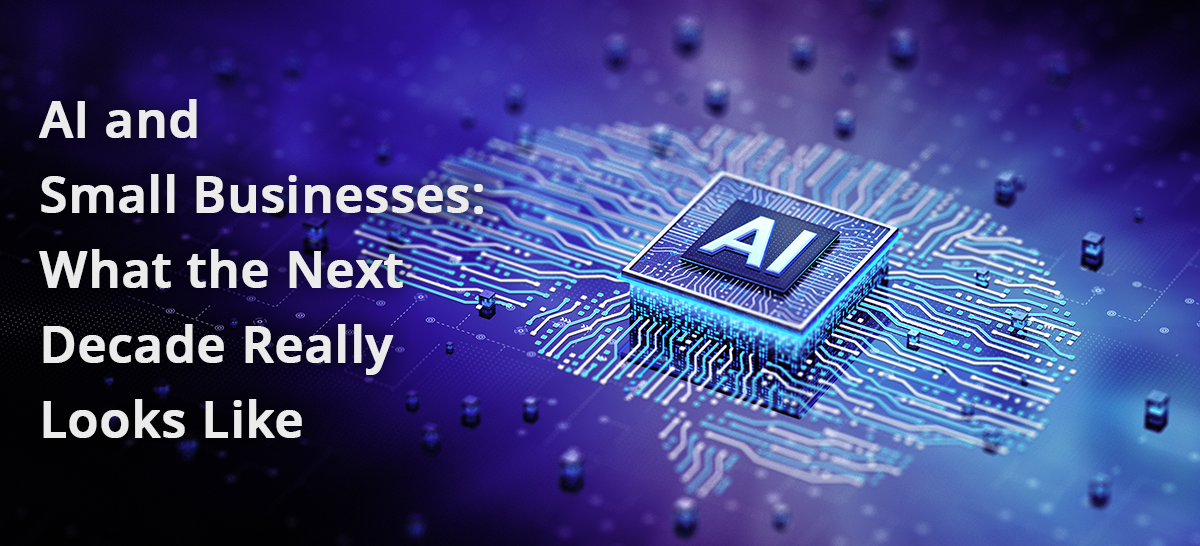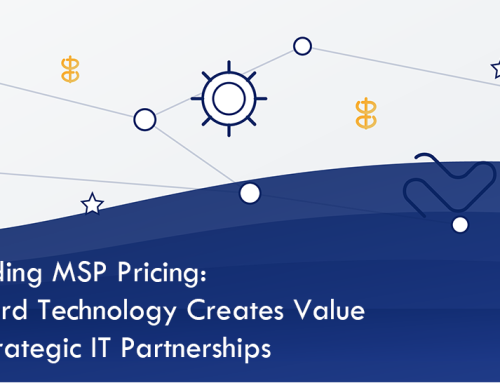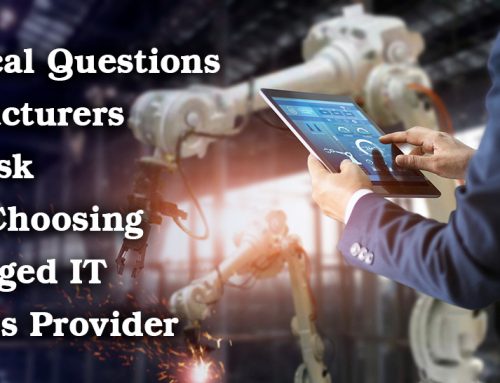As artificial intelligence continues to capture headlines with promises of revolutionary change, small and midsize business owners are asking the right question: “What does this actually mean for my company?” While tech media focuses on dramatic AI breakthroughs and Silicon Valley unicorns, the reality for most businesses will be far more measured—and practical.
Two Key Predictions for SMB AI Adoption
After years of helping businesses navigate technology transitions, I see two clear patterns emerging:
First, SMBs will adopt AI later in this decade, not earlier. Despite the current hype cycle, small and midsize businesses consistently lag behind enterprise adoption by 3-5 years. This isn’t a weakness—it’s smart business strategy.
Second, the AI transformation will start boring—and that’s exactly what you want. Forget the flashy demos. Real AI adoption in SMBs will begin with unglamorous but valuable automation of routine tasks.
Why SMBs Move Slowly (And Why That’s Smart)
The famous technology adoption curve exists for good reason: resources. Small businesses operate with constraints that make them naturally cautious about new technology, and this caution serves them well.
Unlike enterprises with dedicated innovation budgets and teams of specialists, SMBs need technology that works reliably from day one. They can’t afford failed experiments or the months of customization that cutting-edge AI often requires. When you’re running lean, every technology investment must deliver clear, measurable value.
This means SMBs become “fast followers”—adopting proven solutions once the kinks are worked out and best practices are established. It’s a strategy that has served small businesses well through every major technology shift, from PCs to cloud computing.
The Boring (But Profitable) AI Revolution
Don’t expect AI to transform your business overnight through some dramatic reinvention. Instead, look for incremental improvements that compound over time. The most successful AI implementations will tackle mundane, time-consuming tasks that currently drain your team’s energy.
Consider these practical applications:
Automated Order Processing: Instead of manually transferring customer orders between your intake system and operations platform, an AI agent can handle the entire workflow, reducing errors and freeing up staff time.
Intelligent Document Management: By consolidating company files in a structured system like SharePoint, you can deploy AI tools that automatically categorize, search, and summarize information, making critical data instantly accessible.
Smart Financial Operations: AI-powered accounts payable systems can automatically match purchase orders with invoices, flagging discrepancies for human review while processing routine payments seamlessly.
Automated Reporting: Rather than spending hours compiling monthly reports, AI can generate comprehensive summaries of your key metrics with simple prompts, giving you more time to act on insights rather than gather them.
While each improvement might seem modest individually, their cumulative impact can be transformative. We’re talking about returning hours per week to your team—time they can spend on higher-value activities like customer service, strategic planning, and business development.
Preparing for an AI-Ready Future
The businesses that will benefit most from AI in the coming years are those preparing their foundation today. This means:
- Organizing your data: AI tools work best with clean, structured information
- Standardizing processes: Clear workflows are easier to automate
- Building tech literacy: Your team doesn’t need to become AI experts, but basic familiarity will accelerate adoption
The AI revolution for small businesses won’t look like science fiction—it will look like better efficiency, fewer errors, and more time to focus on what matters most: serving your customers and growing your business.




